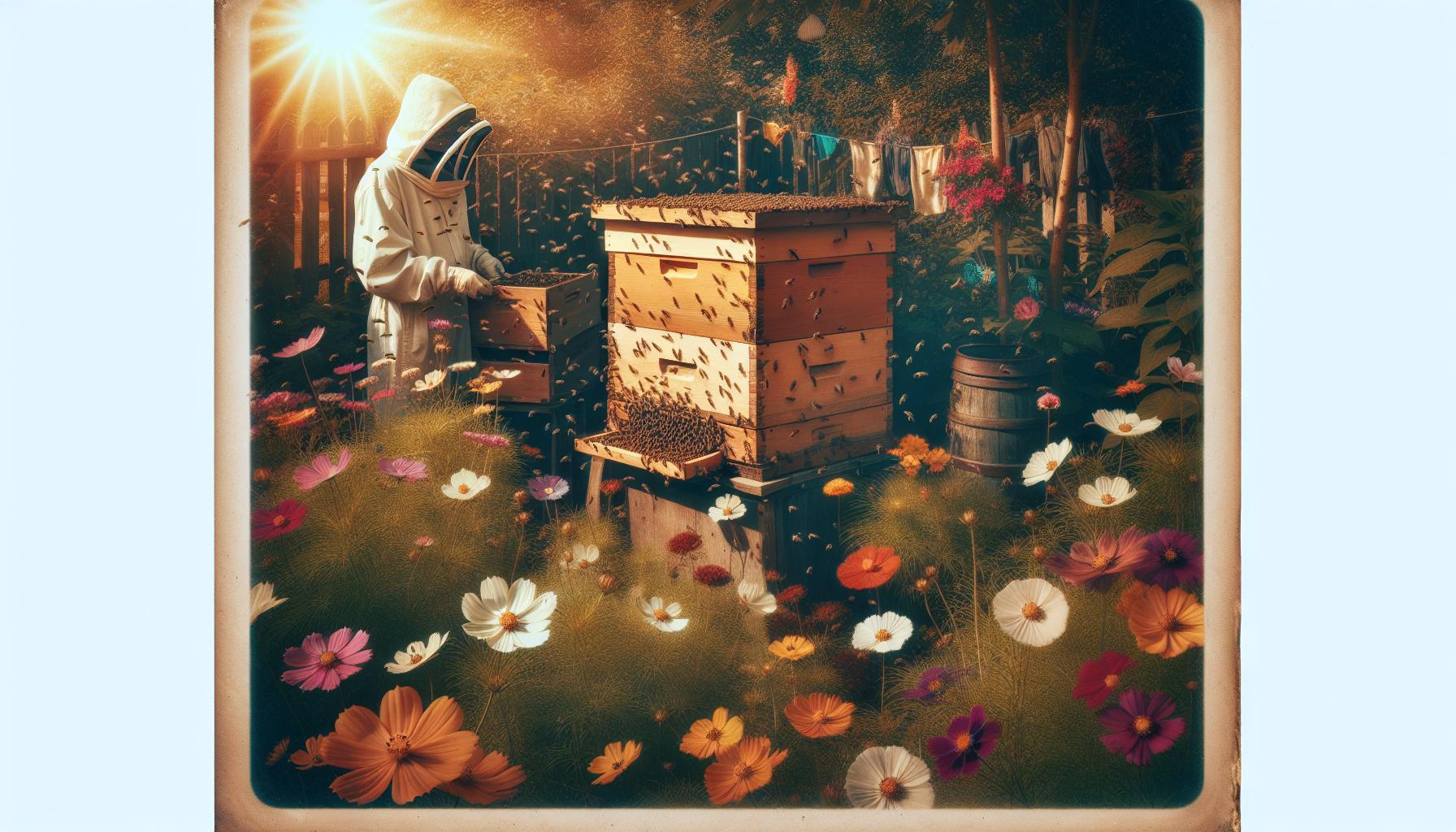Diving into the world of beekeeping begins with finding the right beehive with bees for sale. Beekeeping not only enhances local ecosystems through pollination but also provides the joy of harvesting fresh honey directly from your hive. Whether you're new to the practice or a seasoned beekeeper, choosing the right setup is essential for a thriving colony and a rewarding beekeeping experience.
Why Buy a Beehive with Bees?
With increasing interest in sustainable practices, beekeeping has gained popularity as a way to support biodiversity and enjoy natural honey. A beehive with bees offers an immediate start to beekeeping, eliminating the waiting period for colonies to establish and providing faster results in honey production and pollination.
Key Considerations When Buying a Beehive with Bees
1. Types of Beehives
Choosing the right hive type is crucial, as it determines ease of management and productivity.
- Langstroth Hives: Widely used for their modular design, making inspections and honey harvesting straightforward.
- Top-Bar Hives: Suitable for small-scale beekeeping, offering simplicity and a natural comb structure.
- Warre Hives: Best for colder climates, requiring minimal intervention and providing excellent insulation.
Each type has unique benefits depending on your beekeeping goals, climate, and skill level.
2. Bee Species and Colony Strength
Your choice of bees impacts your hive’s success.
- Bee Species: Common options include Italian bees (gentle and productive), Carniolan bees (cold-hardy), and Russian bees (pest-resistant).
- Colony Strength: A strong colony should have active worker bees, a visible queen, healthy brood, and sufficient food stores.
Selecting species compatible with your local environment and beekeeping goals ensures a healthy, productive colony.
3. Location and Climate Suitability
Hive placement and climate compatibility are essential.
- Location: Choose a spot with adequate sunlight, protection from winds, and access to fresh water.
- Climate: Match your bee species and hive type to regional conditions. For example, Carniolan bees thrive in colder climates, while Italian bees prefer milder regions.
Proper placement optimizes hive activity and supports colony health year-round.
Benefits of Purchasing a Beehive with Bees
1. Immediate Honey Production
An established hive accelerates honey production. With brood, workers, and possibly stored honey already in place, you can expect a harvest within the first season. This jump-start eliminates the delay associated with package bees.
2. Enhanced Pollination
Active hives improve pollination for nearby plants, boosting the yield of fruits, vegetables, and flowers. Managed hives play a critical role in supporting biodiversity and local agriculture.
3. Hands-On Learning
Starting with a functioning hive offers immediate insights into hive dynamics. Beginners can practice hive inspections, disease management, and honey harvesting techniques, gaining practical experience from day one.
Where to Buy a Beehive with Bees
1. Local Beekeeping Associations
Local associations are a reliable source for healthy, well-maintained bees. They connect buyers with experienced sellers and provide regional-specific advice.
2. Online Retailers
Platforms like BeeWeaver and Mann Lake offer high-quality beekeeping products, including nuc colonies, package bees, and queen bees. Many online options cater to beginners and experienced beekeepers alike.
3. Specialized Suppliers
Beekeeping equipment suppliers such as Dadant and BetterBee provide complete hive setups with established colonies. These suppliers also stock accessories to support ongoing hive management.
Tips for Maintaining Your Beehive
1. Regular Inspections
Inspect your hive frequently to monitor colony health, check for pests like Varroa mites, and ensure the queen is active. Early detection of issues prevents larger problems later.
2. Proper Feeding
Supplementary feeding is crucial during periods of limited forage. Sugar syrup and protein patties can sustain bees during early spring, fall, or other nectar-scarce times.
3. Seasonal Management
Adjust care practices seasonally to ensure hive health. For example:
- Winter: Insulate the hive, reduce ventilation, and ensure adequate food stores.
- Spring: Prevent swarming by monitoring brood levels and hive population.
- Summer: Treat for pests and manage honey supers.
Conclusion
Investing in a beehive with bees is a step toward environmental stewardship and personal fulfillment. By carefully selecting the right hive, bee species, and location, you can establish a thriving colony and enjoy the many rewards of beekeeping. Whether you're just starting or looking to expand your apiary, purchasing an established hive ensures a strong foundation for success.
Frequently Asked Questions
1. What types of beehives are best for beginners?
Langstroth hives are often recommended for beginners due to their ease of use, accessibility, and compatibility with most beekeeping tools.
2. Which bee species should I choose for my hive?
Italian bees are a great choice for beginners because of their gentle nature and productivity. Carniolan and Russian bees are also excellent options, depending on your local climate.
3. Where can I buy a beehive with bees for sale?
You can purchase from local beekeeping associations, online retailers like BeeWeaver, or suppliers such as Dadant and BetterBee.
4. Why is hive location important?
A well-chosen hive location ensures proper sunlight, wind protection, and access to forage and water, promoting colony health and honey production.
5. What are the benefits of buying a hive with an established colony?
Established colonies produce honey faster, enhance pollination, and offer hands-on learning opportunities, eliminating the initial colony-building phase.



